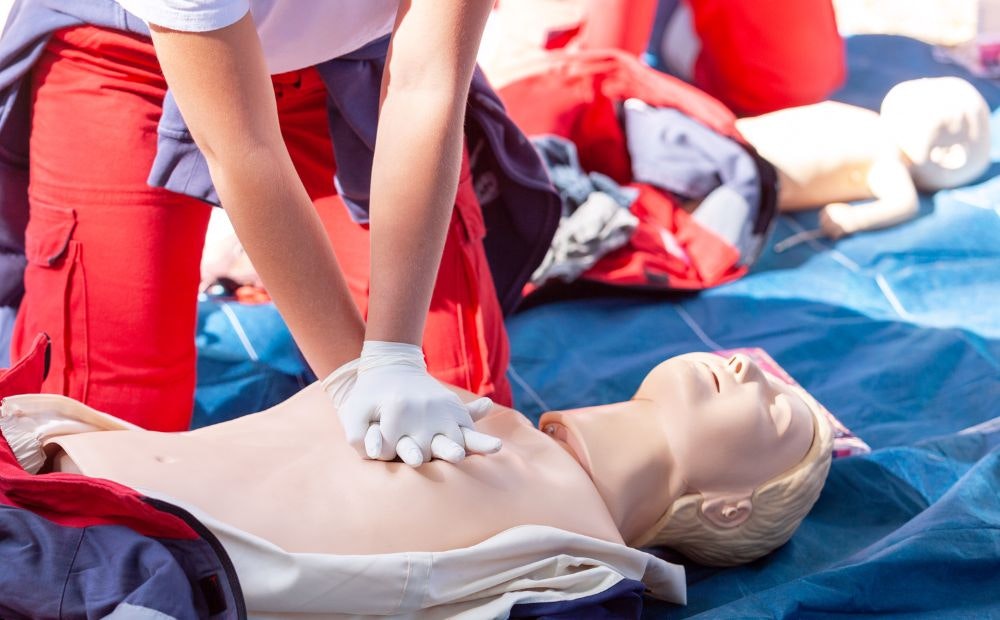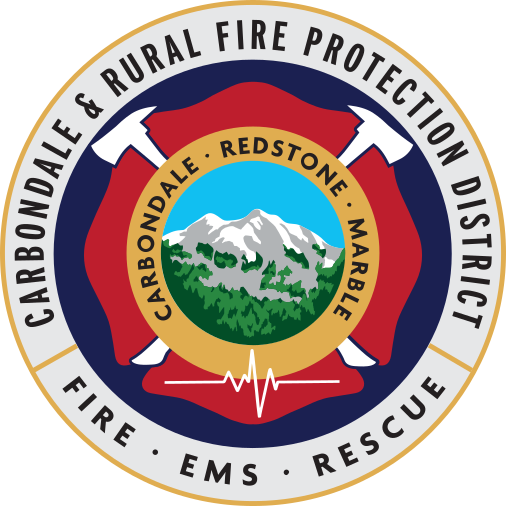CPR Basics: A Lifesaving Skill Everyone Should Learn

Why should you learn CPR? It’s simple – emergencies don’t send invites. They happen unexpectedly, and often the first responder is an everyday person like you and me. Cardiopulmonary Resuscitation is a powerful first aid technique that anyone can learn and can mean the difference between life and death during cardiac emergencies.
CPR is all about keeping blood flowing and helping someone breathe when their heart stops or they can’t breathe on their own. This could be after a heart attack, a near-drowning, or any situation where someone’s heart or breathing has stopped. The best part? You don’t have to be a medical professional to learn CPR. With simple training, you can be prepared to help in these critical situations. So, let’s get started and learn how this vital skill can make a big difference in emergency situations.
Understanding CPR: Its Importance and Impact
When it comes to emergencies, every second counts. That’s where knowing CPR can make a real difference. Here are some key points highlighting the impact of CPR:
- Immediate Action Saves Lives: In many emergencies, like heart attacks or drowning, the first few minutes are critical. CPR keeps blood and oxygen flowing, buying precious time until professional help arrives.
- Boosts Survival Chances: Quick and effective CPR can significantly increase survival rates in cardiac arrest cases.
- Empowers Individuals: With CPR knowledge, you’re more than a bystander; you become a potential lifesaver.
- Strengthens Community Safety: A community with more CPR-trained individuals is a safer community. It means more people are ready to help in a crisis.
Understanding the importance of CPR is the first step. It’s about being ready to act, not just for ourselves but for those around us.
Learning CPR: Accessibility and Resources
Learning CPR is easier than you might think. Here’s how you can get started:
- Find Our CPR Classes: Many community centers, hospitals, and local health organizations offer CPR training. Check out the American Red Cross or any health institution near you for classes.
- Online Resources: If you prefer learning at your own pace, there are plenty of online courses available. These can provide a comprehensive understanding of CPR, often with videos and interactive content, like videos from the American Heart Association.
- Get Certified: For those who want to take it a step further, getting CPR certified is a great idea. This often involves a more in-depth course, including hands-on practice with a trained instructor.
- Practice Regularly: Like any skill, CPR requires practice. After completing your course, keep your knowledge fresh with regular practice and refresher courses.
- Spread Awareness: Encourage family, friends, and colleagues to learn CPR. The more people know it, the safer your community becomes.
Whether it’s through a local workshop, an online course, or a certification program, learning CPR is accessible to everyone. It’s a small investment of time that could have a huge impact in an emergency.
The Benefits of Being CPR Certified: Beyond the Basics
Getting CPR certified comes with several benefits that extend beyond just knowing the skill. Here’s why it’s a valuable asset:
- Increased Confidence in Emergency Situations: Certification provides you with hands-on practice and comprehensive knowledge, boosting your confidence to act effectively in a crisis.
- Enhanced Safety for Loved Ones: Knowing CPR means you’re better equipped to assist family and friends in emergencies, providing peace of mind.
- Valuable Skill for the Workplace: Many employers value employees who are CPR certified, as it contributes to a safer work environment.
- Community Leadership: Being CPR certified positions you as a health and safety advocate in your community, inspiring others to get trained.
- Lifelong Learning: CPR guidelines and techniques evolve. Being certified means you stay updated with the latest best practices.
Basic Steps of CPR: A Quick Guide
Performing CPR might seem daunting, but it’s actually quite straightforward. Here’s a quick guide on the basic steps:
- Check for Safety and Responsiveness: Before you begin, ensure the area is safe. Then, check if the person is responsive by gently tapping their shoulder and asking if they’re okay.
- Call for Help: If there’s no response, immediately call 911 or ask someone else to call. Time is critical in these situations.
- Position Your Hands Correctly: Place one hand on top of the other in the middle of the person’s chest. Keep your elbows straight and position your shoulders directly above your hands.
- Perform Chest Compressions: Push down hard and fast, compressing the chest at least two inches deep. Aim for a rate of 100 to 120 compressions per minute.
- Give Rescue Breaths (if trained): After every 30 compressions, give two rescue breaths if you are trained in doing so. Tilt the head back, lift the chin, and breathe into the person’s mouth.
- Continue Until Help Arrives: Keep performing cycles of compressions and breaths until emergency responders arrive or the person starts to show signs of life.
Remember, the goal of CPR is to keep blood flowing to the brain and other vital organs until professional medical help can take over. Even if you’re not sure about your technique, doing something is better than doing nothing.
Take the Step: Become a Lifesaver Today
In conclusion, learning CPR is a step towards empowering yourself to make a lifesaving difference in an emergency. It’s not just a skill for medical professionals; it’s for everyone, contributing significantly to the safety and well-being of your community. By understanding and performing CPR, you stand ready to help save a life, possibly that of someone dear to you.
We encourage you to seek professional CPR training to fully equip yourself for these critical moments. For more information on CPR training and safety resources, visit the Carbondale and Rural Fire Protection District’s website at https://carbondalefire.org/. Check out our upcoming events and sign up for emergency alerts to stay informed and prepared. Remember, your decision to learn CPR could be the key factor in a life-saving situation.
Disclaimer: While we strive to provide accurate and helpful information, this article is for informational purposes only. For detailed CPR training and certification, please seek professional instruction.
